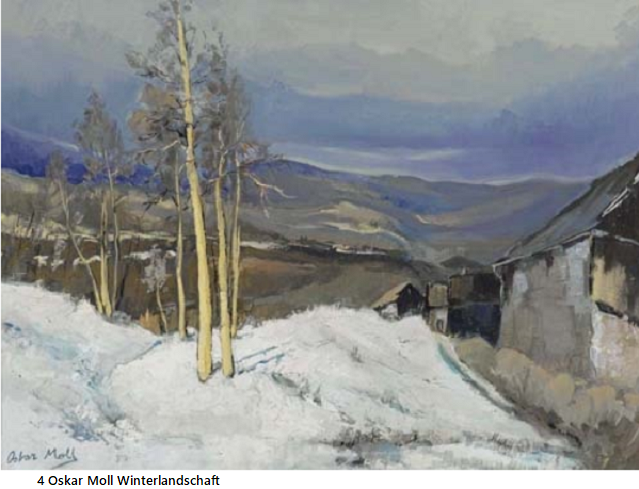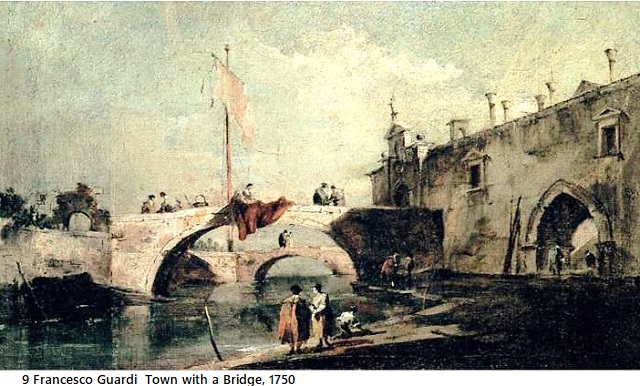Post -250
SUNDAY Feature on ART of Architecture -by Gautam Shah
Egon Schiele (1890-1918), was one of the most prolific Austrian artists, who in a short life of 28 years, produced more than 3000 works. Schiele from young age was fond of drawing trains from his station master father’s house. At the age of 16, he moved to Vienna to study at the Academy of Fine Arts. Here, Gustav Klimt who had formed the Vienna Secession, became his mentor. Schiele, remained close friends but moved away from Klimt’s ‘ornate Art Nouveau and developed own Expressionist style. This was a stark, raw and deeply emotional expression drawn with a darker palette.
By the early 1910s, Schiele’s work was full of an obsessive exploration of the human body, including taboo subjects far beyond conventional eroticism. His works have been called grotesque, erotic, pornographic, or disturbing, sex-centric, but there is a sense of playfulness due to the caricatural distortions.
His works, landscapes or human figures, all
emerge from his realistic sketching with bold
outlines and definitive contours, where colours
only add to the magic. The forms stand by
themselves and do not rely on contrast, colour
or background.





.jpg)







%20%201914.jpg)


-.jpg)























































.jpg)
